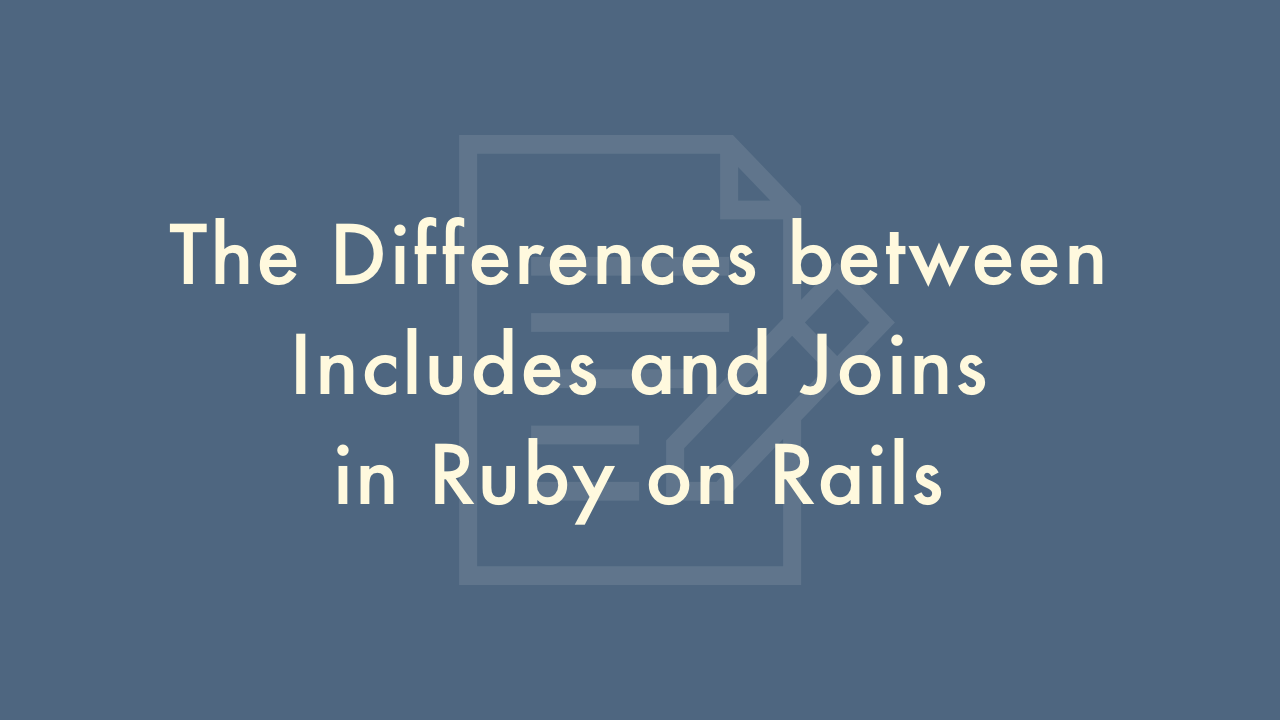The Differences between Includes and Joins in Ruby on Rails

Contents
In this article, you will learn about the differences between includes and joins in Ruby on Rails.
The differences between includes and joins
Includes and Joins are two ways of querying data from multiple database tables in Ruby on Rails. Although they can achieve similar results, there are some key differences between the two.
Eager Loading:
Includes is a form of eager loading, which means that it loads associated data upfront in a separate query to reduce the number of database queries executed. This can improve performance when dealing with large data sets, as it reduces the number of database calls needed to retrieve associated data. It also prevents the N+1 query problem.
Joins, on the other hand, is a form of lazy loading, meaning that it retrieves data from multiple tables in a single query. Lazy loading is useful when you need to join two or more tables in a single query and return a combined result set.
Result Format:
Includes returns the primary object and its associated objects as separate collections. For example, if you are querying a list of articles with comments, Includes would return a list of articles and a separate list of comments associated with each article.
Joins, on the other hand, returns a single collection of combined results. For example, if you are querying a list of articles with comments using a Join, the resulting collection would contain columns from both the articles and comments table.
Queries complexity:
Includes is typically easier to use and understand since it does not require writing complex SQL queries. It also allows you to use ActiveRecord methods to filter, order and paginate results.
Joins, however, requires you to write SQL queries to join tables, which can be more difficult to write and understand. It also makes it harder to use ActiveRecord methods since you are dealing with a single result set.
In summary, Includes is used to eagerly load associated data to improve performance, while Joins is used to retrieve data from multiple tables in a single query. Includes returns separate collections, while Joins returns a combined collection of results. Includes is typically easier to use, while Joins requires writing complex SQL queries.